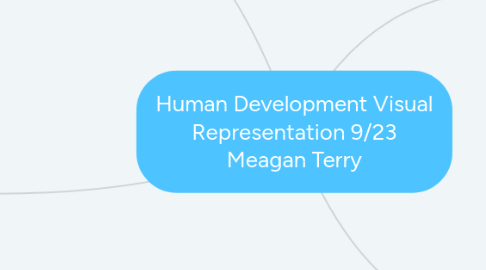
1. Devlopment of Autonomy
1.1. A want for more independent control
1.2. A drive to be more independent and push forward
2. Cognitive, Language and Sensory Development
2.1. HOME scales and research
2.1.1. Provide sensory stimulation
2.1.2. Environments that foster learning
2.1.3. Respond to babies’ signals
2.1.4. Allow babies to effect change
2.1.5. Freedom to explore
2.1.6. Talk to babies
2.1.7. Enter into child directed play
2.1.8. Arrange opportunities for learning basic skills
2.1.9. Praise new skills, practice, expand
2.1.10. Read
2.1.11. Punish sparingly
2.2. Piaget's Stages of Cognitive Development
2.2.1. 1. The use of Reflexes (0-1 month)
2.2.1.1. grasping. sucking
2.2.2. 2. Adaptation of early reflexes (1-4 months)
2.2.2.1. sucking their thumb
2.2.3. 3. The beginning of intention (4-8 months)
2.2.3.1. shaking a rattle
2.2.4. 4. Goal Directed Activities and object search (8-12 months)
2.2.4.1. reaching to grab something
2.2.5. 5. The invention of new behaviors
2.2.5.1. trial and error
2.2.6. 6. Internal representation of the external world
2.2.6.1. can find objects, mimicking, represent things in the world (banana phone)
3. Attatchment
3.1. Secure
3.1.1. Toddlers can be more sociable, curious and independent
3.1.2. Can develop empathy and resilience
3.1.3. Have more social interactions and larger vocabularies
3.1.4. Form more friendships and have more positive emotions
3.1.5. Stranger Activity (memory of faces)
3.1.6. Separation anxiety
3.2. Insecure
3.2.1. higher depression, anxiety, aggression
3.2.2. hyperactive behaviors, chronic stress
3.2.3. Higher incidence of colds, feeding problems, and trips to the doctors
3.2.4. Difficulty with peer relationships and behavior problems
4. Goodness of Fit
4.1. With a good fit
4.1.1. Parents of difficult babies form a close relationship.
4.1.2. Parents of exuberant, curious infants lead to protect them from harm
4.1.3. Can be culturally based
